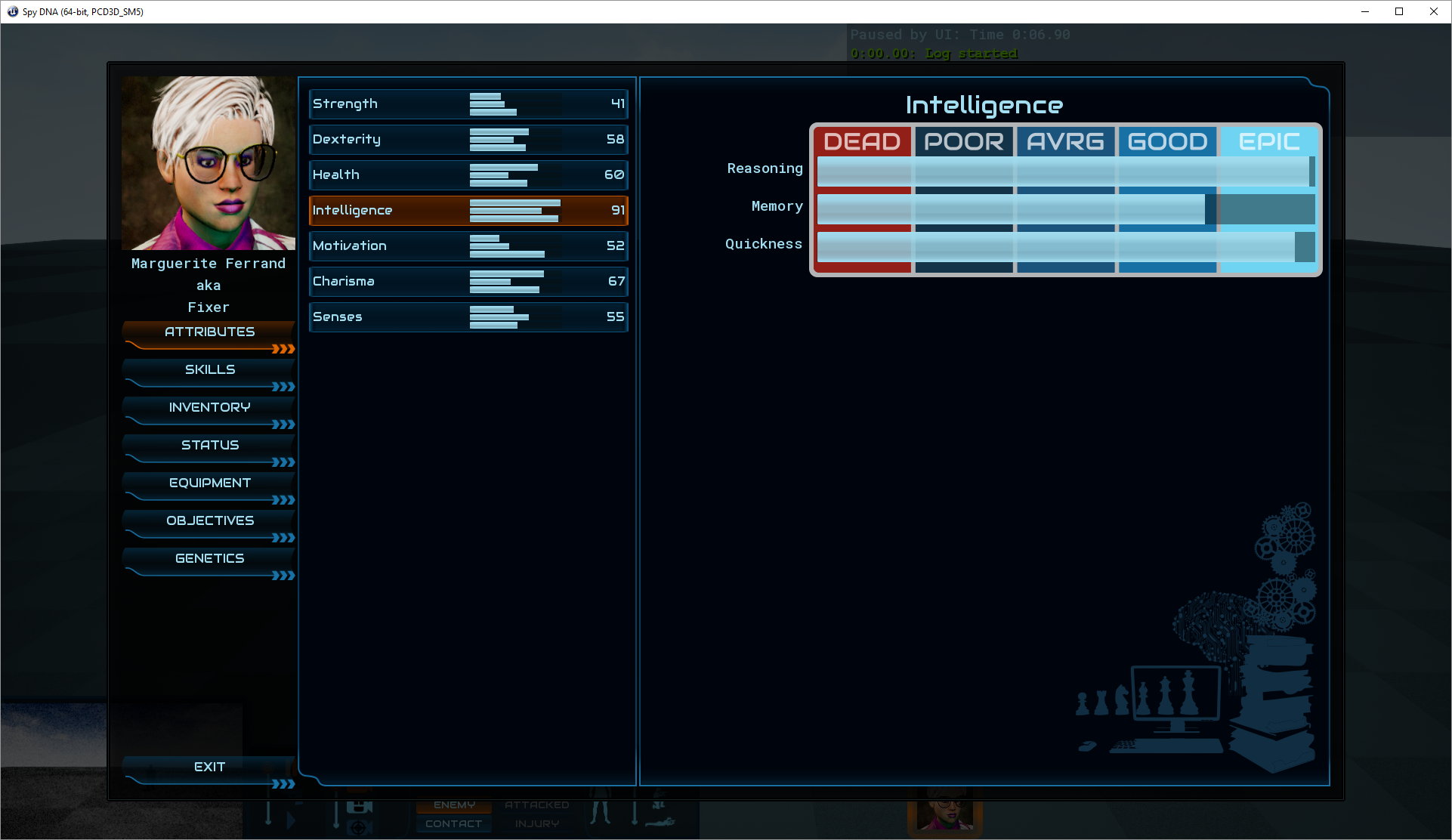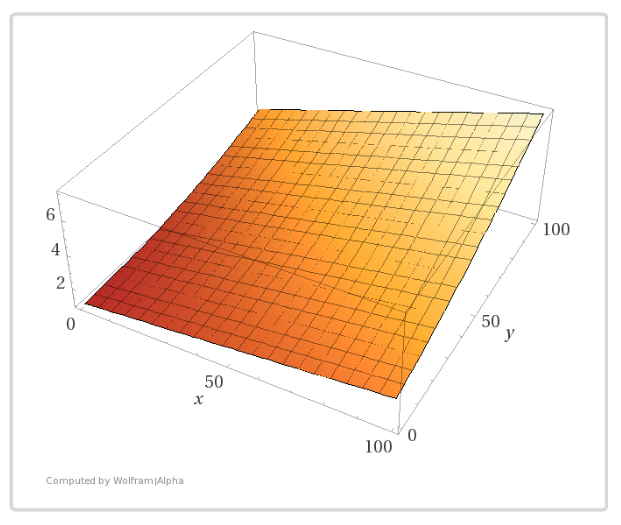By Jason Sams, Lead Developer
It’s been a while since my last update. I’ve had my head down in the game code making some fundamental changes. We have made major changes to the AI system, character customization, hit location and damage system, level designer, asset loading, modding support, and a few other things.
Let’s start with character customization. We put a lot of effort in making the players character fully customizable. Now a few of you gave us a hard time for going overboard here. The reason we put so much effort into this is we unified it with NPC generation. This will let us generate much more unique NPCs for each mission and avoid repeating the same character models over and over.
New game screenshot
During character creation you will be prompted to choose your commanders frame (skinny, average, or heavy), and condition (pro-fighter, fit, average, nerd). This choice determines which character model you will see in game and will also change your attributes. The condition choice biases your attributes towards physical or mental, while the frame choice is a speed/dexterity vs strength/toughness choice.
Related to this we implemented our appearance reaction model. Each appearance item is rated on several metrics, such as Serious, Classy, Scary, and the ability to conceal weapons or armor. So while you may want to bring the heavy armor to the dinner party, doing so will make it much harder to get people talking, at least by verbal means.
Wardrobe screenshot
Speaking of armor, we added the armor options to the wardrobe screen. You can now equip your characters with a variety of armor and storage options. I’ll have some updated screenshots of the overhauled equipment screen soon. Armor in spy dna is now working as intended. Armor resists bullets and other weapons, but for it to work, the weapon needs to hit the armor. This makes your aim point really matter. Unless you have the heavy weapons out, you will want to try to avoid hitting the heavily armored points on a target.
Character status screen
We updated the status screen to show where the shots have hit a character. The length of the marker changes depending on the penetration of the incoming round. The diameter represents the damage level of the shot. The hits are colored based on result.
Green = fully blocked by armor
Yellow = blocked by dermal armor, probably still really hurt though.
Red = call the doctor and make an appointment
Attributes screenshot
We are scanning the shot against the polygon mesh of each piece the characters are wearing. We don’t want near hits/misses being mis-reported by the engine.
We have also been cleaning up the UI. We moved from using pre-drawn icons for the party to using render targets and snapping them in game. This means they will reflect the current state of the character. If you change into a delivery worker outfit to sneak into a building, the portrait will update on the fly.
Skills screenshot
And the final bit for the update is the changes to the inventory screen. We have moved a few things around and made room on the left, under the item image, for attachments or modifications.
Inventory screenshot
We have also put a lot of time and effort into performance work. To give you just one example: The time from a level loading until you can start moving has been reduced from a minute or more it could take in the past, down to about a second. The pathfinding will prepare in the background now, using multiple cpu cores to speed things up if available.
While we basically had Spy DNA up on jackstands with the engine out and all kinds of parts strewn all over the place, it was challenging to really show and explain all the things that we had in-flight. But now that we have put the thing back together, we’ll be sharing updates on a more regular basis.
Stay tuned.


















